
BMW 2-Series M2 (2016-2017) engines, drive and performance
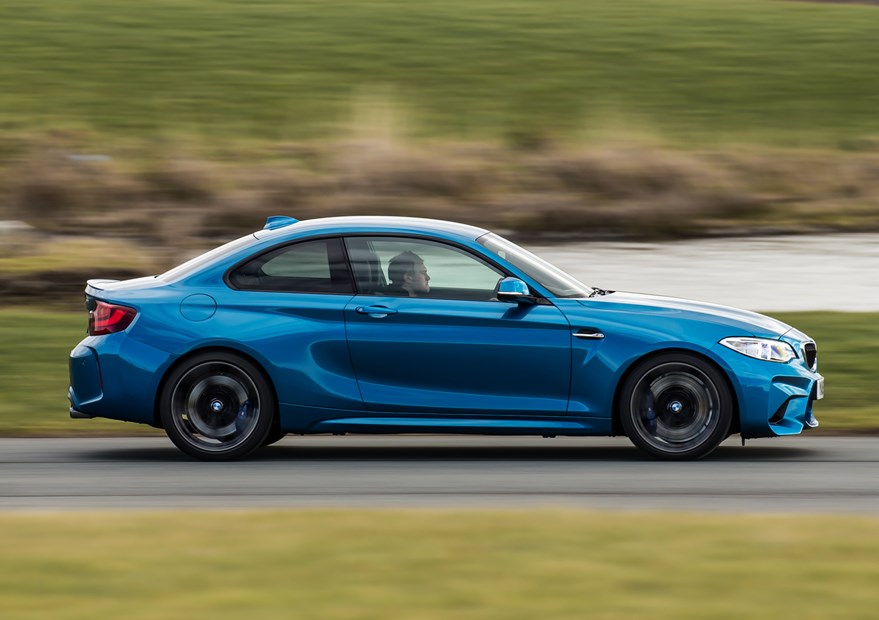
The sole engine option is a 3-litre straight-six turbocharged petrol. It’s a heavily reworked version of the motor in the M235i, but in this case it develops 365bhp and 465Nm of torque, with a further 35Nm on offer as an ‘overboost’ function over a lot of the rev range; effectively for the majority of driving this car produces 500Nm.
There are two gearboxes – a six-speed manual and an optional seven-speed automatic – but either way top speed is electronically limited to 155mph.
You’ll cover 0-62mph in 4.5 seconds with the former ‘box and 4.3 seconds with the auto, but that doesn’t tell the whole story. The manual gearbox is a far better solution for keen drivers, whereas the automatic is the one to pick for day-to-day use – it’s smoother, easier to drive and boasts some trick features such as launch control (for the perfect getaway) and even a ‘smokey burnout mode’ that is for off-road use only and allows you to incinerate a set of the M2’s expensive bespoke Michelin tyres in a cloud of smoke.
We found the gearing on the manual ‘box a little short for motorway driving, meaning the engine was at relatively high rpm and thus quite noisy, which may become tiring on a long drive. Get it on a B-road and you’ll soon forgive it, however, because it’s a lovely thing to operate. BMW’s M division has done a lot of work to improve the gearshift over the M235i it comes from, and the result is positive, solid-feeling and smooth.
Curiously the M2 sounds different with the automatic – there’s more turbocharger whooshes along with pops and crackles from the exhaust, while the manual’s exhaust note sounds more refined, like M cars of yore.
Here’s where the M2 really excels. There is nothing else short of a Porsche 718 Boxster that handles as impressively as this BMW. Thanks to its front engine, rear-wheel drive configuration along with a selection of chassis components from the M3 and M4 and an electronically controlled differential on the rear axle, this is a sublime car to drive quickly.
Starting at the front end, the steering is wonderful. It’s electrically assisted, but there’s a beautiful communication as to what’s happening under the front wheels. There are Comfort, Sport and Sport+ modes for the weighting available through the Drive Performance Control switch next to the gearlever. Even in Comfort it’s heavy – especially when parking – but you’re rewarded with so much confidence while cornering that you’ll forgive it that.
Turn into a bend and you sense there’s a lot of grip on offer, but poke the throttle and the rear end will playfully move around as you apply power. It’s not unruly or unpredictable like a Jaguar F-Type, but accessible and user-friendly in a way that inspires confidence.
You can adjust the amount of slip the stability and traction control systems allow by pushing the ‘traction control off’ button in front of the Drive Performance Control switch once to engage M Dynamic Mode (or MDM), or hold it down to simply switch all systems off if you’re feeling particularly brave. We’d avoid doing that on the road, though.
Switching off all the electronic assistance also allows you to cancel the manual gearbox’s throttle-blipping function, which applies revs when you shift down to keep the car stable when you enter a corner. We found the system to work well, but if you’re handy with your feet and want to do it manually using the heel-and-toe technique, turn it off and you’ll find a car brilliantly set-up for that too. The pedals are well-spaced and aligned perfectly.
We found the brakes to be a little over-enthusiastic at low speeds, the lightest brush of the pedal causing aggressive retardation, but the trade-off is brilliant stopping power and incredible endurance when used to their full potential.


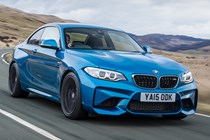
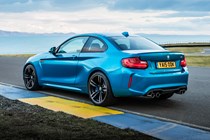
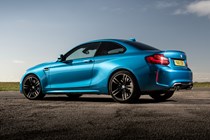
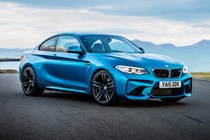
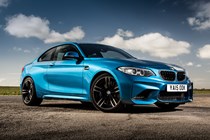
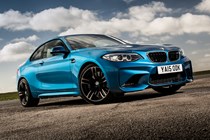
.jpg)
.jpg)
.jpg)
.jpg)
.jpg)
.jpg)
.jpg)
.jpg)
.jpg)
.jpg)
.jpg)
.jpg)
.jpg)
.jpg)
.jpg)
.jpg)
.jpg)
.jpg)
.jpg)
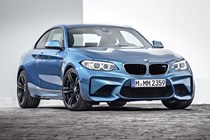
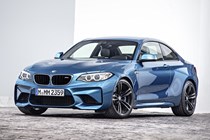
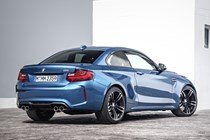

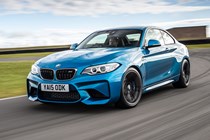
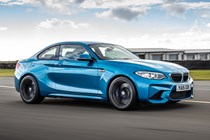
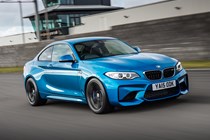
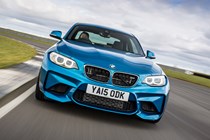
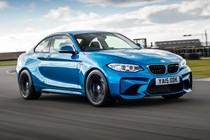
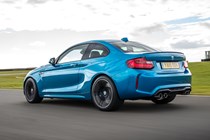
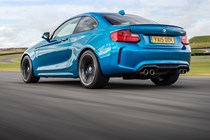
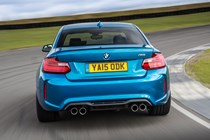
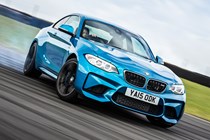
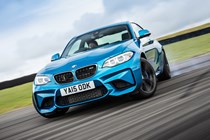
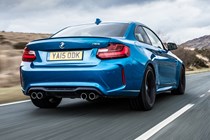
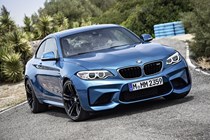
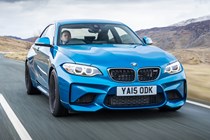
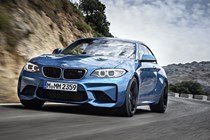
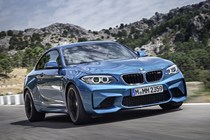
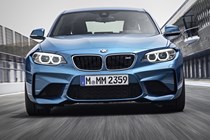
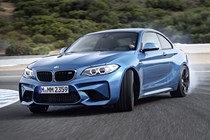
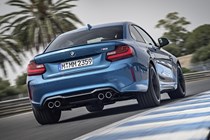
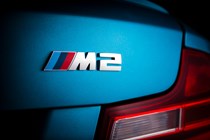
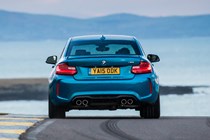
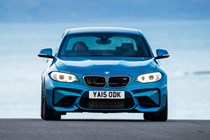
.jpg)
.jpg)
.jpg)
.jpg)
.jpg)
.jpg)
.jpg)
.jpg)
.jpg)
.jpg)
.jpg)
.jpg)
.jpg)
.jpg)
.jpg)
.jpg)
.jpg)
.jpg)
.jpg)
.jpg)
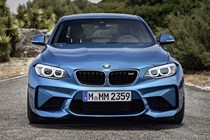
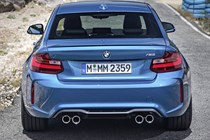
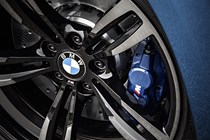
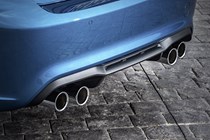
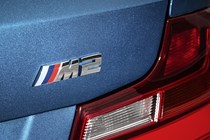
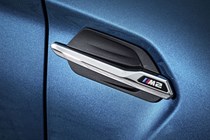
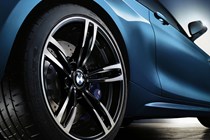
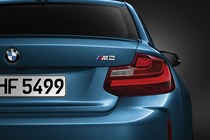
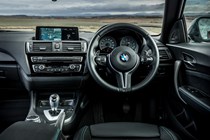
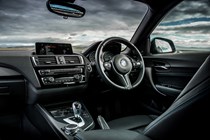

.jpg)
.jpg)
.jpg)
.jpg)
.jpg)
.jpg)
.jpg)
.jpg)
.jpg)
.jpg)
.jpg)
.jpg)
.jpg)
.jpg)
.jpg)
.jpg)
.jpg)
.jpg)
.jpg)
.jpg)
.jpg)
.jpg)
.jpg)
.jpg)
.jpg)
.jpg)
.jpg)
.jpg)
.jpg)
.jpg)
.jpg)
.jpg)
.jpg)
.jpg)
.jpg)
.jpg)
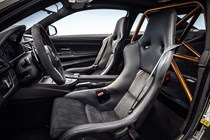
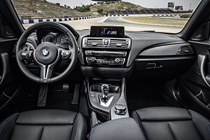
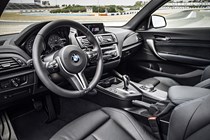
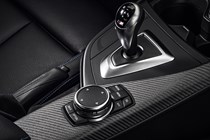
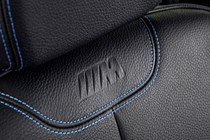
.jpg)
.jpg)
.jpg)
.jpg)
.jpg)
.jpg)
.jpg)
.jpg)
.jpg)
.jpg)






.jpg?quality=50)
.jpg?quality=50)
.jpg?quality=50)
.jpg?quality=50)
.jpg?quality=50)
.jpg?quality=50)
.jpg?quality=50)
.jpg?quality=50)
.jpg?quality=50)
.jpg?quality=50)
.jpg?quality=50)
.jpg?quality=50)
.jpg?quality=50)
.jpg?quality=50)
.jpg?quality=50)
.jpg?quality=50)
.jpg?quality=50)
.jpg?quality=50)
.jpg?quality=50)

























.jpg?quality=50)
.jpg?quality=50)
.jpg?quality=50)
.jpg?quality=50)
.jpg?quality=50)
.jpg?quality=50)
.jpg?quality=50)
.jpg?quality=50)
.jpg?quality=50)
.jpg?quality=50)
.jpg?quality=50)
.jpg?quality=50)
.jpg?quality=50)
.jpg?quality=50)
.jpg?quality=50)
.jpg?quality=50)
.jpg?quality=50)
.jpg?quality=50)
.jpg?quality=50)
.jpg?quality=50)











.jpg?quality=50)
.jpg?quality=50)
.jpg?quality=50)
.jpg?quality=50)
.jpg?quality=50)
.jpg?quality=50)
.jpg?quality=50)
.jpg?quality=50)
.jpg?quality=50)
.jpg?quality=50)
.jpg?quality=50)
.jpg?quality=50)
.jpg?quality=50)
.jpg?quality=50)
.jpg?quality=50)
.jpg?quality=50)
.jpg?quality=50)
.jpg?quality=50)
.jpg?quality=50)
.jpg?quality=50)
.jpg?quality=50)
.jpg?quality=50)
.jpg?quality=50)
.jpg?quality=50)
.jpg?quality=50)
.jpg?quality=50)
.jpg?quality=50)
.jpg?quality=50)
.jpg?quality=50)
.jpg?quality=50)
.jpg?quality=50)
.jpg?quality=50)
.jpg?quality=50)
.jpg?quality=50)
.jpg?quality=50)
.jpg?quality=50)





.jpg?quality=50)
.jpg?quality=50)
.jpg?quality=50)
.jpg?quality=50)
.jpg?quality=50)
.jpg?quality=50)
.jpg?quality=50)
.jpg?quality=50)
.jpg?quality=50)
.jpg?quality=50)